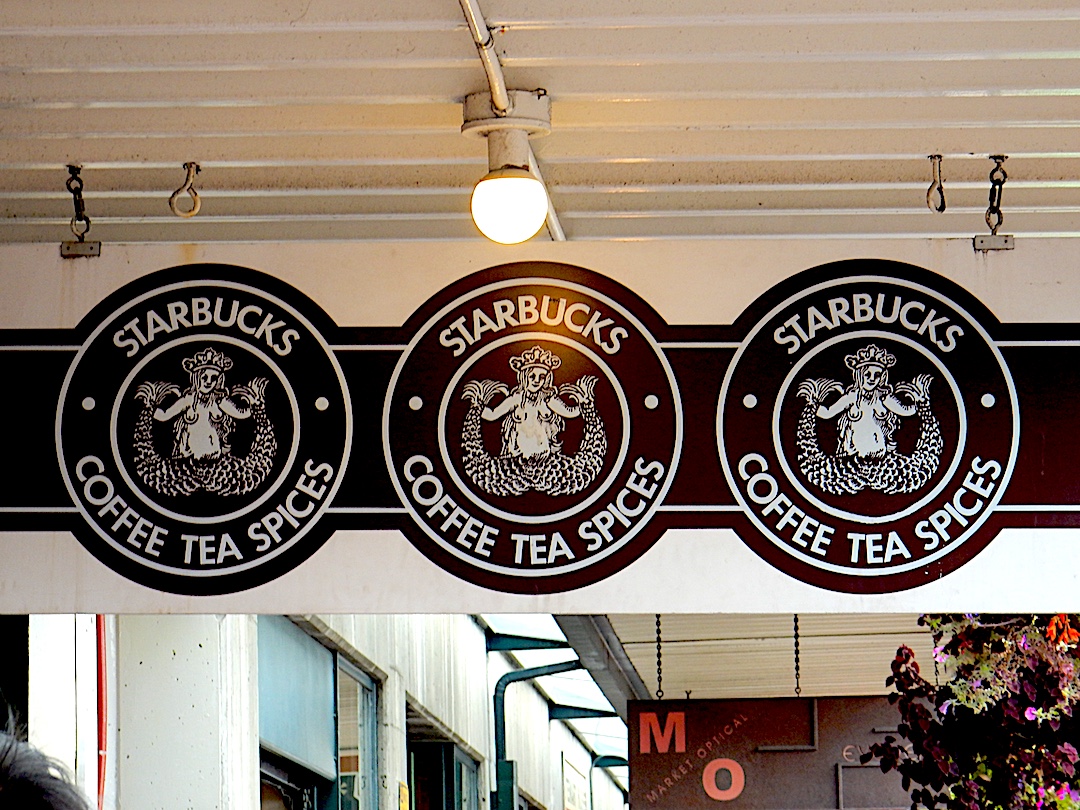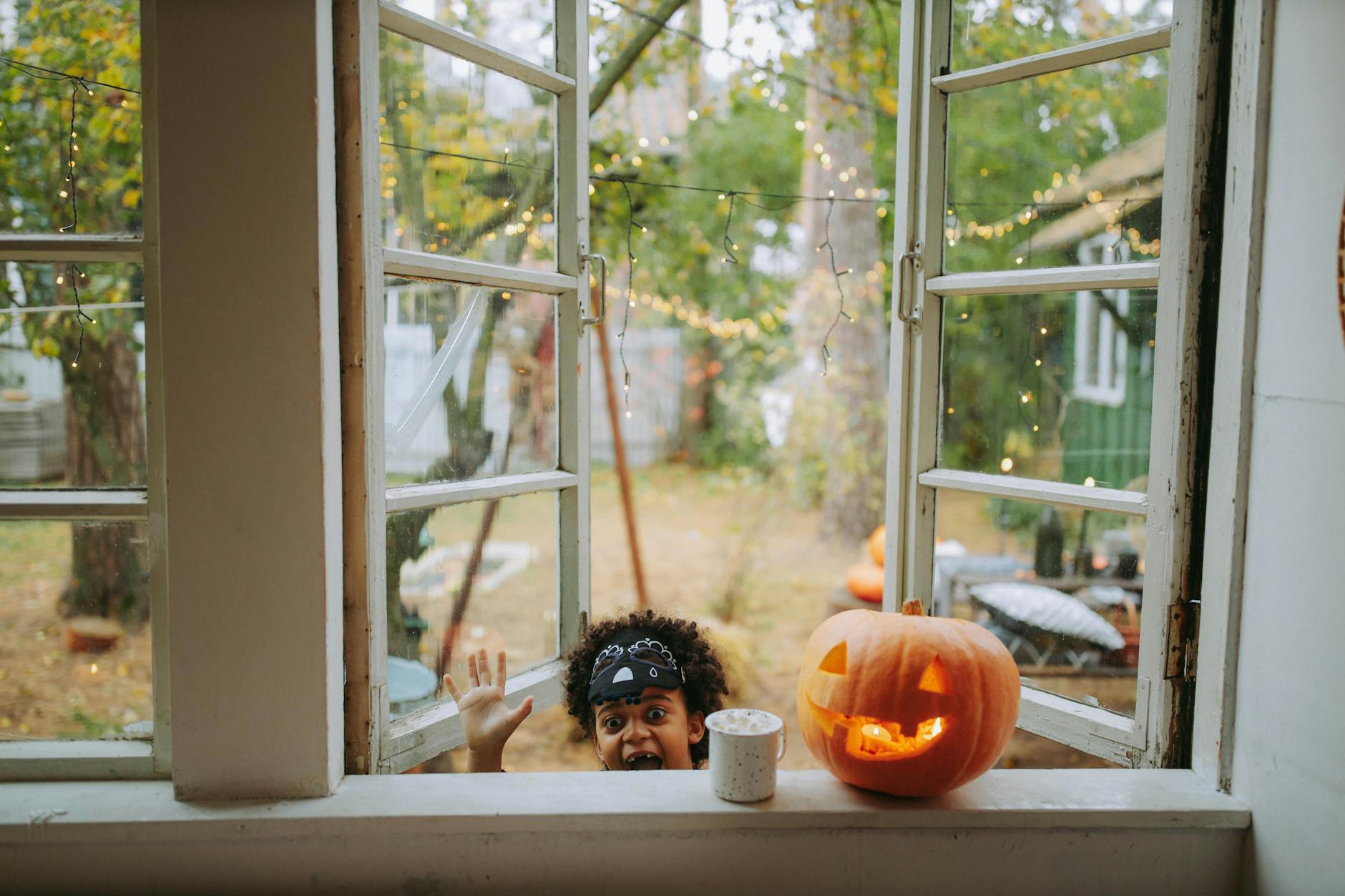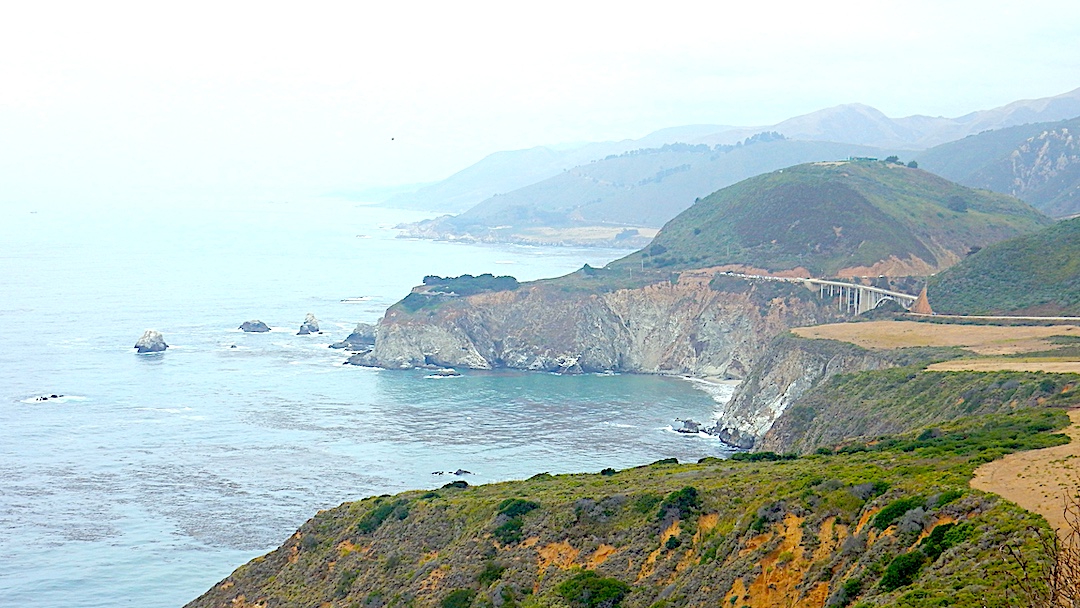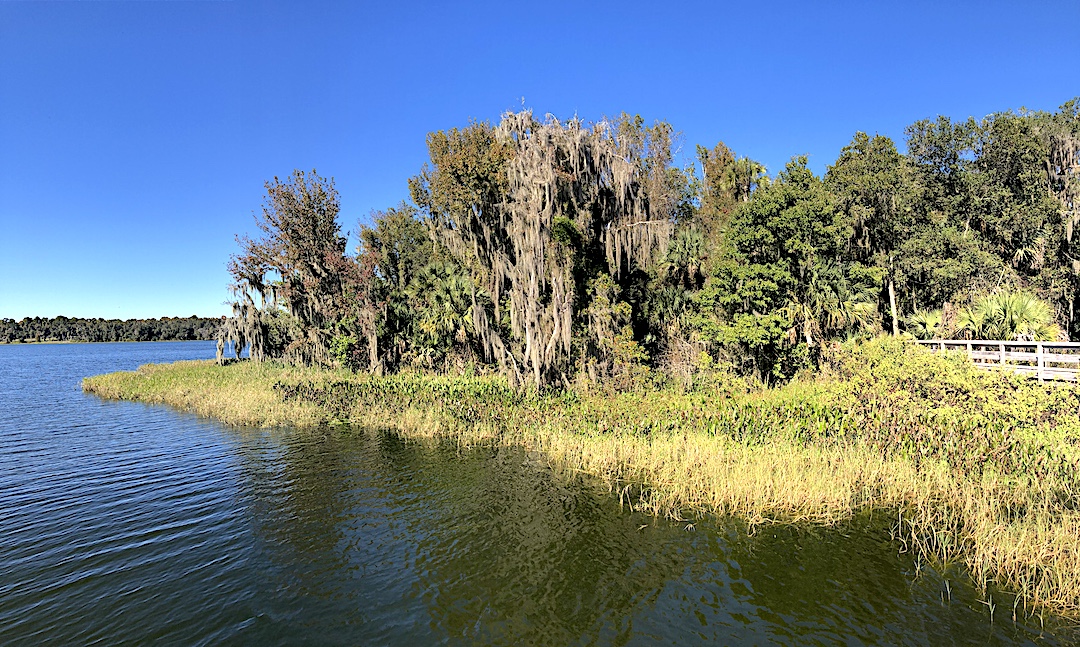You can’t go anywhere these days without running into a Starbucks. The coffeehouse is a global empire. Like the common cold, Starbucks’ popularity is a contagion that keeps spreading. They all virtually look the same, except one. You’d swear the original Seattle, Washington Starbucks is a knock-off.

Let’s start with the obvious—the topless mermaid logo. The buck-naked buxom design isn’t exactly a family-friendly invite to bring the kids inside for a Mocha Frappuccino. The logo color is different, too. It’s brown and white instead of the familiar green and white. The original design is rough around the edges, while the current logo is simple and refined—definitely a corporate look.


The original touts coffee, tea, and spices; the current doesn’t. Starbucks started as a coffee bean store and morphed into a coffeehouse chain, becoming a gathering spot for a community of coffee drinkers, students, remote workers, and folks sharing common interests. You won’t find that at the original, which relocated to Seattle’s Pike Place Market in 1976 after first opening in 1971 in another part of town.


Picture-snapping tourists are everywhere outside the rather drab exterior storefront. There’s often a line just to get in. The original Starbucks is more museum than coffeehouse. The wood floor creaks, and the 1970’s decor is faded. You’ll find lots of exclusive merch, too—mugs, t-shirts, trinkets—to quench your thirst for nostalgia. Oh yeah, you can still get a cup of Starbucks brew. You’ll often see buskers performing outside the store. After all, they’ve got a crowd standing in line to please, and who may scarf up a few coins or dollars to tip.
A trip to the old Starbucks is a look back at the humble beginnings of what has become a cultural phenomenon and a global brand inspiring a new generation of coffeehouses and consumers.








